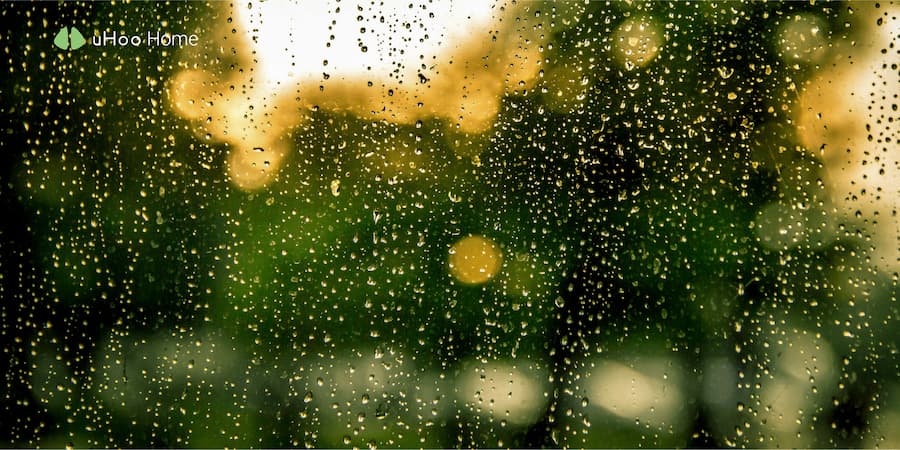Rain is sometimes called nature’s cleanser because it washes away the grime and revitalizes the atmosphere. Many of us have experienced the refreshing scent and cleaner feel in the air after a good downpour. But does rain truly enhance air quality, or is this just a misconception?
Understanding how rain interacts with air pollutants and other particulate matter will help you better appreciate rainfall’s impact on the environment by contributing to cleaner air.
What Happens During Rainfall?
During rainfall, several scientific processes interact to cleanse the atmosphere of pollutants. The primary mechanisms include scavenging, washout, and rainout, each influencing air quality.
Scavenging Effect
Raindrops act as natural purifiers by capturing suspended particles and gases as they fall through the atmosphere. This process aids in removing pollutants such as dust, pollen, and some gases from the air.
Washout
As raindrops descend, they collide with airborne particles and dissolve soluble gases. This causes pollutants to be washed out of the atmosphere and deposited onto surfaces, including the ground and bodies of water.
Rainout
This process involves the direct deposition of pollutants onto surfaces by rain. It occurs when rain carries pollutants to the ground, effectively cleansing the air by reducing atmospheric pollutant concentrations.
Benefits of Rain to Air Quality
Rainfall eliminates contaminants from the air through a natural cleansing process. As raindrops fall through the air, they collide with airborne particles and dissolve soluble gases. This interaction effectively cleanses the atmosphere by bringing contaminants down to the Earth’s surface, where they are deposited onto surfaces and washed away.
Airborne particles originate from various sources, including vehicle emissions, industrial activities, and natural sources, and contribute to multiple health concerns when inhaled. Common outdoor pollutants like particulate matter (PM 2.5, PM 10), ozone, nitrogen dioxide, and carbon monoxide pose significant risks, such as heart attacks, asthma, bronchitis, and other respiratory ailments.
Negative Impact of Rain on Air Quality
Rainfall can have unintended consequences on air quality, contributing to the creation of aerosols through a process known as aerosolization. These aerosols, tiny droplets suspended in the air, can influence air quality by potentially spreading certain airborne pollutants.
Additionally, rainwater interacting with surfaces can release pollutants like nitrogen oxides back into the atmosphere. This process can occur when rainwater interacts with polluted surfaces, causing pollutants to be re-emitted, thereby negatively impacting air quality.
How to Monitor Changes in Air Quality after Rain
Testing indoor air quality after rain can provide valuable insights into the effectiveness of your indoor air quality management. After the rain, several methods can help you assess the impact on air quality:
Visual Inspection
Begin by inspecting your surroundings visually. Look for visible signs of water damage, leaks, or dampness indoors. These can indicate potential mold growth, which affects indoor air quality.
Use of Indoor Air Quality Monitors
Use indoor air quality monitors equipped with sensors for humidity and particulate matter. After the rain, humidity levels indoors may rise, potentially promoting mold growth or affecting the overall moisture content in the air. Monitoring these levels helps determine if rain does improve air quality.
Testing for Mold
Conduct specific tests for mold spores in the air. Post-rain conditions can create a conducive environment for mold growth, especially in areas prone to moisture buildup. Sampling air for mold spores can detect mold problems early before they become extensive.
Check Ventilation Systems
Inspect ventilation systems and air ducts for any signs of water intrusion or moisture buildup. Rain can sometimes lead to leaks or increased humidity levels indoors, impacting the effectiveness of ventilation systems in maintaining air quality.
Monitor Odors and Allergies
After the rain, pay attention to any unusual odors or increased allergic reactions among occupants. These symptoms can indicate the presence of airborne pollutants or mold spores that the rain has stirred up or activated.
Key takeaways
To answer the question, does rain improve air quality? Rainfall plays a dual role in influencing air quality. On the one hand, it acts as a natural cleanser by removing pollutants from the atmosphere through scavenging, washout, and rainout. This results in cleaner air and reduces harmful airborne particles and gases. On the other hand, rain can also contribute to aerosolization and the re-emission of pollutants from surfaces, which may temporarily degrade air quality.
It is vital to use comprehensive monitoring methods to ensure the best indoor air quality after rain. Regular visual inspections, indoor air quality monitors, specific mold tests, checking ventilation systems, and being attentive to odors and allergic reactions can help maintain a healthy indoor environment. Understanding and managing these factors can help mitigate the adverse effects of rain on air quality, ensuring a safer and more comfortable living space.


